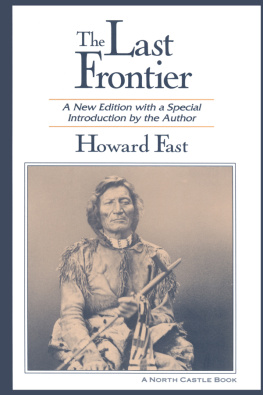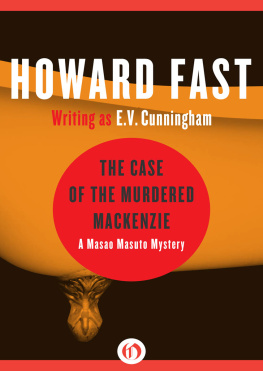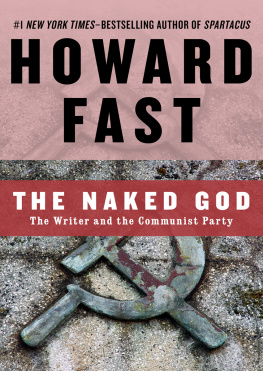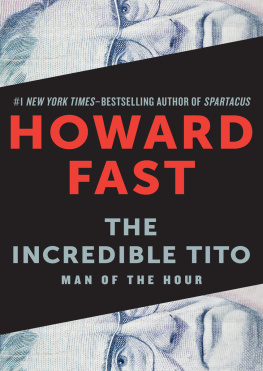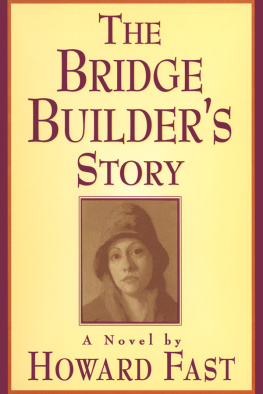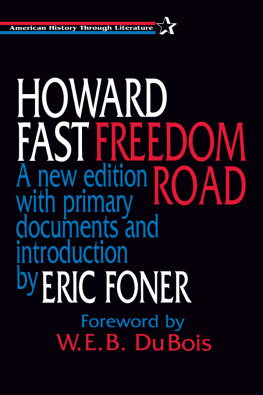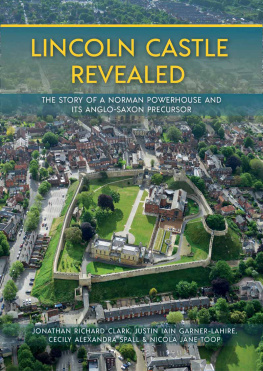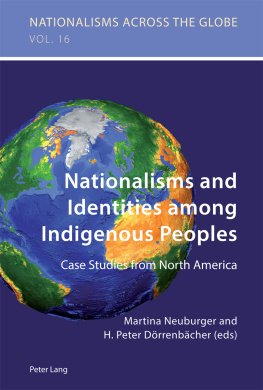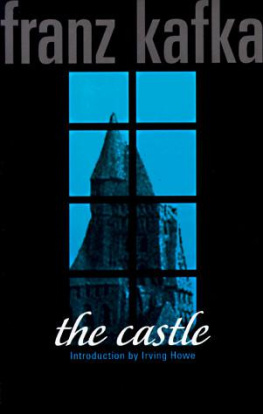The Last
Frontier
Also by Howard Fast
The Bridge Builders Story
Seven Days in June
The Trial of Abigail Goodman
War and Peace (Essays)
Being Red: A Memoir
The Confession of Joe Cullen
The Pledge
The Dinner Party
Citizen Tom Paine (A Play)
The Immigrants Daughter
The Outsider
Max
Time and the Riddle: Thirty-One Zen Stories
The Legacy
The Establishment
The Magic Door
Second Generation
The Immigrants
The Art of Zen Meditation
A Touch of Infinity
The Hessian
The Crossing
The General Zapped an Angel
The Jews: Story of a People
The Hunter and the Trap
Torquemada
The Hill
Agrippas Daughter
Power
The Edge of Tomorrow
April Morning
The Golden River
The Winston Affair
Moses, Prince of Egypt
The Last Supper
Silas Timberman
The Passion of Sacco and Vanzetti
Spartacus
The Proud and the Free
Departure
My Glorious Brothers
Clarkton
The American
Freedom Road
Citizen Tom Paine
The Unvanquished
Conceived in Liberty
Place in the City
The Children
Strange Yesterday
Two Valleys
The Last
Frontier
Howard Fast
It is a matter of historical experience that nothing that is wrong in principle can be right in practice. People are apt to delude themselves on that point, but the ultimate result will always prove the truth of the maxim. A violation of equal rights can never serve to maintain institutions which are founded upon equal rights.
Carl Schurz
First published 1941 by M.E. Sharpe
Published 2015 by Routledge
2 Park Square, Milton Park, Abingdon, Oxon OX14 4RN
711 Third Avenue, New York, NY 10017
Routledge is an imprint of the Taylor & Francis Group, an informa business
Copyright 1941 by Howard Fast. All rights reserved.
_________________
For My Father
WHO TAUGHT ME TO LOVE
NOT ONLY THE AMERICA THAT IS PAST,
BUT THE AMERICA THAT WILL BE
_________________
No part of this book may be reprinted or reproduced or utilised in any form or by any electronic, mechanical, or other means, now known or hereafter invented, including photocopying and recording, or in any information storage or retrieval system, without permission in writing from the publishers.
Notices
No responsibility is assumed by the publisher for any injury and/or damage to persons or property as a matter of products liability, negligence or otherwise, or from any use of operation of any methods, products, instructions or ideas contained in the material herein.
Practitioners and researchers must always rely on their own experience and knowledge in evaluating and using any information, methods, compounds, or experiments described herein. In using such information or methods they should be mindful of their own safety and the safety of others, including parties for whom they have a professional responsibility.
Product or corporate names may be trademarks or registered trademarks, and are used only for identification and explanation without intent to infringe.
Library of Congress Cataloging-in-Publication Data
Fast, Howard, 1914
The last frontier / Howard Fast; with a new introduction by the author.
p. cm.
ISBN 1-56324-593-0 (alk. paper)
1. Cheyenne IndiansHistory19th centuryFiction.
I. Title.
PS3511.A784L37 1997
813'.52dc21
96-48628
CIP
ISBN 13: 9781563245930 (pbk)
CONTENTS
I T SEEMS an eternity ago, and I suppose it is, a small eternity, when my wife and I went out west to seek out the facts about the Cheyennes flight north from their reservation in Oklahoma to their old hunting grounds in the Black Hills. I had read a paragraph or two about this incredible trek in Struthers Burts book on the Powder River Country. That was in 1939. We had been married two yearsboth of us kids in our early twenties.
We had never been to the West before. I suppose you could say we had never been anywhere much before. I was making a bare living as a writervery bare in those depression days. We owned a 1931 Ford that we had bought for forty dollars, but it did not seem capable of a long trip, so we traded it in for twenty dollars and bought a 1933 Pontiac for seventy-five dollars. It was a great car, and we drove it some five thousand miles through the West. We covered the territory the Cheyennes did, the story I tell in this book. We spoke with some old Cheyennes who had taken part in the flight. At the University of Oklahoma, in Norman, where we lived for a while, we spoke to young Cheyenne and Arapaho students who had heard the story from their parents and their grandparents; and we spent the best part of a day with Stanley Vestal, who was then the greatest authority on the Plains Indians in the country. We made a few hopeless efforts to learn some of the Cheyenne language but then gave it up in despair, and whenever we spoke to the old Indians, we used a translator.
We were two city kids in a strange country, seeing the reality of people we had encountered only in books and films, and very soon we came to understand that everything we had read and seen on film was part of a gigantic lie. We were in contact with a noble and beautiful peopleand perhaps we were overwhelmed by the difference between the fact and the fiction.
This was years before books began to be written and films made that attempted to tell the truth of our battles with the Plains Indians; so in a way, we were breaking a trail.
When I came home and when we put together the notes my wife had made and the sum of our experience, I wrote the book called The Last Frontier, and it was published by Duell, Sloan and Pearce in 1941.
I was totally unprepared for the torrent of praise it received. Pearl Harbor was still in the future, but against the suffering of the people in occupied Europe, it took on the form of a sort of parable. The book became a best-sellermy firstand it has been translated into fifty-one foreign languages. It has sold, through its various editions, over a million copies; and now, in my eighty-second year, it has been brought back into print.
At the time of its first publication, Carl Van Doran, the historian, said of it: I do not know of any other episode of Western history that has been so truly and subtly perpetuated as this one. A great story lost has been found again, and as here told promises to live for generations.
S IXTY-TWO years ago, Oklahoma was called Indian Territory. A hot, sun-baked, dusty stretch of dry earth, dry rivers, yellow grass, and blackjack pine, it was intended to be what its name indicatedIndian Territory.
For two hundred years, like a sprawling young giant, America had flung itself across a continent, ocean to ocean, peak to peak. In 1878, the job was done, the mountains climbed, the valleys filled. The frontier had gone, and already it was a wistful refrain in songs and stories.
The railroads spanned the plains, north to south, east to west. You could send a telegram from Frisco to New York in two minutes, or you could cross over the plains by train in two days.

